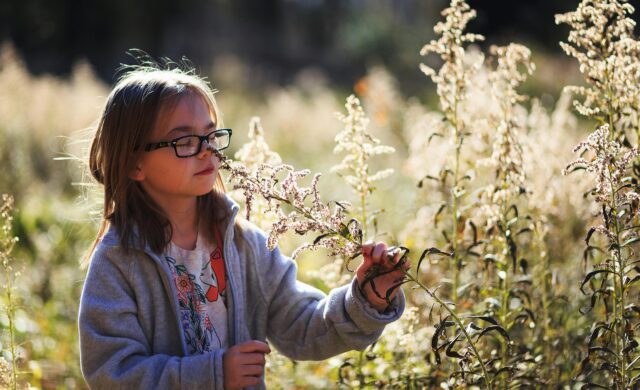Camps that take advantage of outdoor spaces also have the unique privilege of being able to lead hands-on discussions about environmental stewardship. Campers of all ages can––and should––learn about nature and how we can protect it in our changing climate.
What is environmental stewardship?
The concept of environmental stewardship is defined as “the responsible use and protection of the natural environment through conservation and sustainable practices to enhance ecosystem resilience and human well-being.”
Let’s break that definition down in a more camper-friendly way. We’ll take it one section at a time.
“The responsible use and protection of the natural environment…”
This means that when we use resources from our environment, we have to be responsible about it. This means only taking what we need and restoring what we can.
For example, when a large area of forest is logged, more trees can be planted somewhere else. It’s not a perfect replacement, but it’s a way to be more responsible about restoring our planet’s resources.
“…through conservation and sustainable practices…”
Conservation is another way to describe the act of preserving the environment as it is today for future people and wildlife. Sustainable practices don’t take too much from the land and water or they find a way to make up for damage done.
“…to enhance ecosystem resilience and human well-being.”
The end goal is to foster an ecosystem that is resilient, meaning it is not as fragile and adapts better to changing human conditions. This is better for the earth and for all the people living on it, now and in the future.
Why is it important to teach it early?
This answer is simple. The earlier you teach a child about environmental stewardship, the more naturally it will come to them as they age.
Considering the current state of our climate and the impact everyday people can have, it’s important to not only learn about these values but practice them with tangible exercises such as the ones below.
3 ways to encourage environmental stewardship at camp
1. Use the Leave No Trace principles on hikes
Kids love to explore nature, but they also love to leave messes. When hiking, walking, or just playing outside, emphasize the principles of Leave No Trace.
According to the U.S. Fish & Wildlife Service, the seven principles of Leave No Trace are:
- Plan ahead and prepare. Take only what you need and have plans for waste.
- Travel and camp on durable surfaces. Stick to the premade trails or gravel areas. Wandering outside of them can disturb the plants and wildlife.
- Dispose of waste properly. Don’t litter and learn how to properly use the restroom outdoors.
- Leave what you find. Don’t dig holes, leave rocks alone, and don’t introduce non-native species.
- Minimize campfire impacts. Especially with kids, be safe when making campfires. Keep them small and review how to put them out the right way.
- Respect wildlife. Do not harass animals or pick up plants.
- Be considerate of other visitors. Always be kind to other people exploring the outdoors! This includes leaving things the way you found them so others can enjoy the same experiences.
Review these principles and remind campers to use them every time they are outside at camp. Their environment is their responsibility.
2. Encourage campers to time their water usage
At overnight camps, remind campers to be conscious of the water they are using while they shower, brush their teeth, and wash their hands. This is a good time to review the water cycle and learn more about your local watershed.
The EPA has a tool called “How’s My Waterway?” that shows you which watershed you live in, the quality of the water around you, and other properties of your local waterway. Use this tool to show campers what their water region looks like. In the “Protect” section of the tool, there are even tips for protecting your local water sources.
After they’ve learned about the water systems that affect their everyday lives, setting a timer for a short shower will have more context!
3. Learn about unique local wildlife
Many children love extinct or exotic animals such as dinosaurs, elephants, and giraffes. But what about the animals in their own backyard? Learning more about the plants and wildlife they see every day can increase campers’ sense of responsibility for their surroundings.
Using Audubon’s Native Plants Database, you can explore which plants are found naturally in your area. Go on a hike and see how many species campers can find. Consider it like a scavenger hunt, but for local plants!
Do a similar activity for local birds by using the Merlin Bird ID app. The app asks a few short questions about a bird and then gives some suggestions based on your region. See how many birds campers can identify by answering questions on the app together.
About CampSite
CampSite’s comprehensive camp management software is relied on by camps of all kinds across the country. Our customizable platform, frequent product updates, and 5-star support team make us a trusted and necessary camp management tool.
Want to learn more?
Request a free personalized demo with one of our sales experts!
